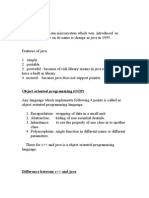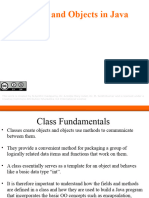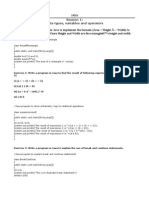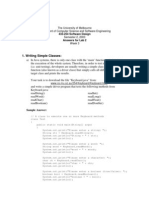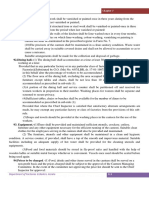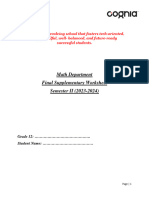0% found this document useful (0 votes)
21 views8 pagesDay 1 Notes - Selenium Automation
The document provides instructions for a Java workshop, including setup steps for JDK and IDE installations, and basic programming concepts. It outlines the structure of Java programs, data types, and includes example code for printing 'Hello World' and performing addition. Additionally, it assigns tasks related to calculating the area of a rectangle and a circle, with a submission deadline and contact information for queries.
Uploaded by
ABHISHEK TRIPATHICopyright
© © All Rights Reserved
We take content rights seriously. If you suspect this is your content, claim it here.
Available Formats
Download as PDF, TXT or read online on Scribd
0% found this document useful (0 votes)
21 views8 pagesDay 1 Notes - Selenium Automation
The document provides instructions for a Java workshop, including setup steps for JDK and IDE installations, and basic programming concepts. It outlines the structure of Java programs, data types, and includes example code for printing 'Hello World' and performing addition. Additionally, it assigns tasks related to calculating the area of a rectangle and a circle, with a submission deadline and contact information for queries.
Uploaded by
ABHISHEK TRIPATHICopyright
© © All Rights Reserved
We take content rights seriously. If you suspect this is your content, claim it here.
Available Formats
Download as PDF, TXT or read online on Scribd
/ 8








